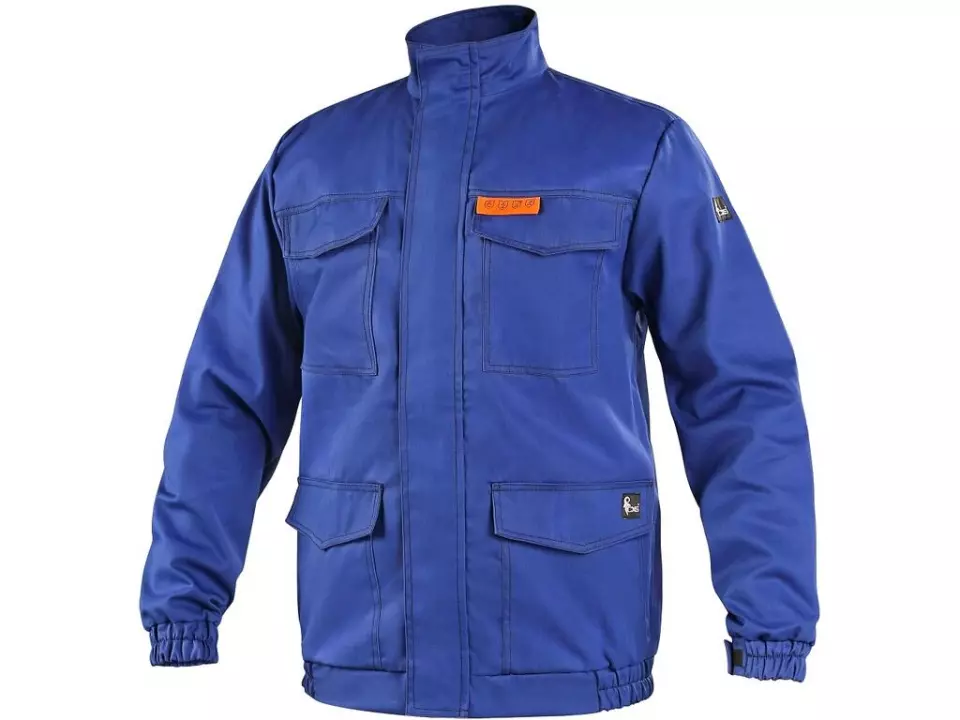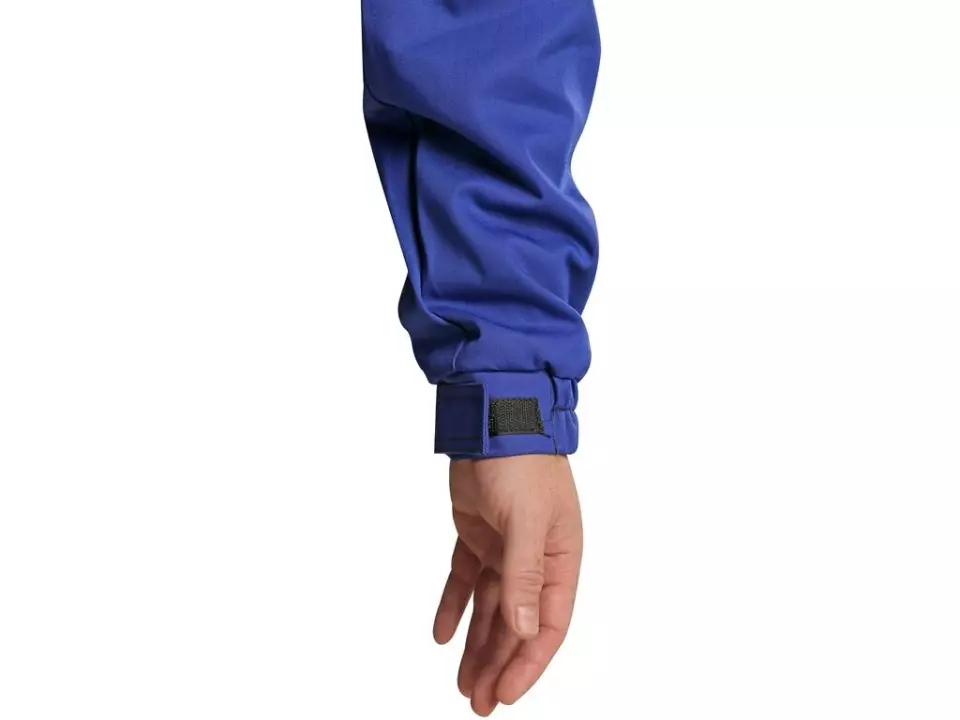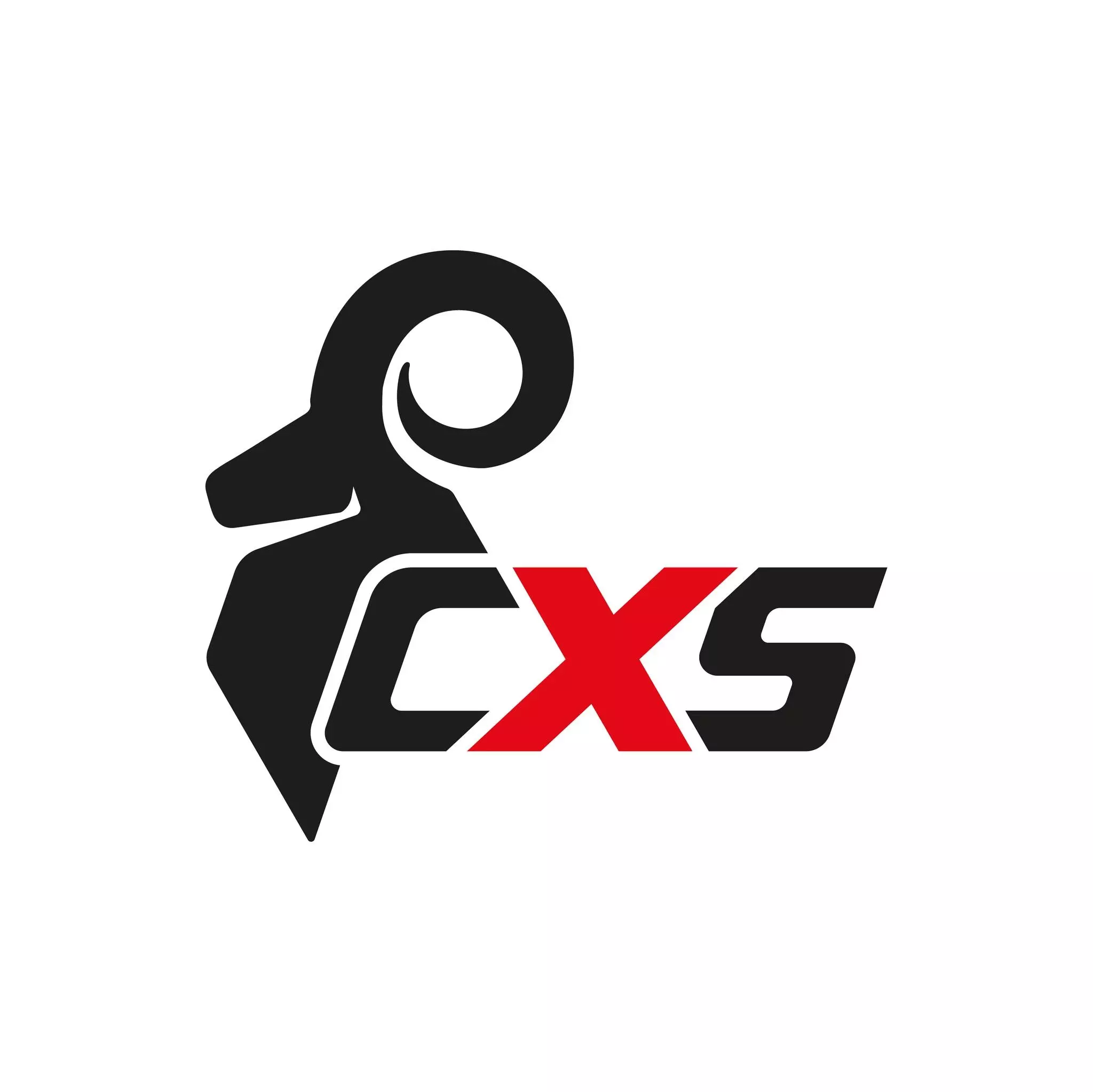CXS Energetik Multi 9042 Men's Jacket, Blue
CXS
visit storeProduct description
Product Features:
- Men's protective jacket
- Antistatic properties
- Permanent flame-resistant PROBAN treatment
- Resistant to liquid chemicals (Type 6 and PB [6])
- Covered zipper with Velcro fastening
- Elastic sleeves with adjustable cuffs
- Four front pockets
- Elastic waist on the sides
- High collar design
Recommended Applications:
Welding, petrochemical industry, energy sector, gas industry, refineries
How the sleeve opening closes or fits at the wrist, affecting protection from elements and comfort during movement.
Measures fabric density in grams per square meter, indicating durability, protection level, and warmth of the garment.
Determines visibility, safety compliance, and professional appearance, with options ranging from high-visibility safety colors to standard work tones.
Indicates whether the jacket or vest is designed and sized for men, women, children, or cut in a unisex style to accommodate different body types.
The method used to fasten the jacket or vest, affecting ease of use, security, and weather protection during work activities.
The design and structure of the neckline area, affecting protection from elements, professional appearance, and comfort around the neck and shoulders.
Determines the overall design and construction approach, affecting weather protection, mobility, and suitability for different work environments.
- Chemical Resistance
- Heat & Flame Resistance
- Electrical Protection
- Welding
- Machine Washable
Request a free sample
Test first and buy later. Visit any product page to request your free sample.
Standards and labels
EN 13034:2005 is a European standard that outlines the requirements and test methods for Type 6 protective clothing designed to provide protection against liquid chemical hazards. It specifies criteria for the fabric's resistance to penetration by liquid chemicals and establishes guidelines for the overall design and construction of the garments. The amendment A1:2009 introduces updates and refinements to enhance the performance and reliability of Type 6 protective clothing, ensuring improved protection for workers exposed to liquid chemical splashes and sprays. These standards are essential in industries where workers are at risk of encountering liquid chemical hazards, ensuring their safety and well-being.
Test results
Liquid Chemical Protection Type 6 PBEN 13034:2005+A1:2009 specifies the performance requirements for protective clothing that offers limited protection against liquid chemicals, identified specifically as Type 6 PB (partial body protection). The 'Type 6 PB' designation implies that the protective garment has been tested and confirmed to provide effective defense against light spray and minor splashes of liquid chemicals, but only for parts of the body such as aprons, sleeves, or boots rather than full body suits. This standard tests the fabric's barrier effectiveness by applying a defined volume of liquid to the garment and assessing any penetration or repellence under controlled laboratory conditions. Garments achieving Type 6 PB classification are crucial for tasks in industries like chemical processing or handling where full body coverage is unnecessary, thereby offering flexibility and targeted protection, reducing the risk of chemical exposure to critical areas of the body.
EN 1149-5:2018 is a European standard that specifies the requirements for electrostatic dissipative (ESD) gloves. This standard defines performance requirements for material, design, and testing of ESD gloves. The gloves must be able to effectively discharge static electricity and protect the wearer from ESD. Testing includes measuring the surface resistance of the glove material and electrical resistance of the glove. Pass/fail results are based on the gloves meeting or not meeting the specified requirements.
Test results
Material Performance TestedThe standard EN 1149-5:2018 pertains to the performance of materials with regard to their electrostatic properties, specifically testing for the charge decay characteristics. The test result Tested signifies that the material has been evaluated according to the specified methods and met the defined criteria for electrostatic properties under this standard. To determine this result, a set of specific test methods is deployed to assess the decay of electrostatic charge from the surface of the material. The test involves subjecting the material to an electrostatic charge and then measuring the rate and manner in which this charge dissipates. This ensures that materials such as those used in protective clothing are safe for use in environments where electrostatic discharge could pose a hazard, such as in certain industrial or medical settings where flammable substances are present. For procurement professionals, understanding that a product has been tested and meets EN 1149-5:2018 standards is crucial as it ensures the product's safety and suitability in environments susceptible to electrostatic risks.
EN 13688:2013 is a European standard that specifies the performance requirements for protective clothing. The standard includes requirements for safety, comfort, and durability, as well as tests for determining these properties. Protective clothing includes items like coveralls, aprons, and gloves that are worn to protect the wearer from hazards. Possible test results include resistance to chemicals, heat, abrasion and tearing, as well as breathability and comfort. The clothing can be tested under different conditions to check if it meets the standard's requirements.
EN 11612:2015 is a European standard that specifies the requirements for protective clothing against heat and flame. This standard defines performance requirements for material, design, and testing of clothing that protects the wearer from heat and flames. Testing includes measuring the clothing's resistance to heat and flame, as well as its ability to self-extinguish. Pass/fail results are based on the clothing meeting or not meeting the specified requirements.
EN 11611:2015 is a European standard that specifies the requirements for protective clothing for use in welding and allied processes. This standard defines performance requirements for material, design, and testing of clothing that protects the wearer from heat and flames. Testing includes measuring the clothing's resistance to heat and flame, as well as its ability to self-extinguish. Pass/fail results are based on the clothing meeting or not meeting the specified requirements.
Test results
Welding Protection Class 1The standard EN 11611:2015 establishes criteria for protective clothing used during welding and allied processes, specifically regarding safety to reduce the risk of harm from sparks, spatter, and other hazards associated with welding. In this context, a Class 1 test result indicates the clothing provides basic protection suitable for less hazardous welding techniques where lower levels of spatter and radiant heat are anticipated. The test for this classification involves subjecting the fabric to controlled ignition and monitoring its resistance to flame spread, heat transfer, and the formation of holes. The fabric material must neither ignite nor continue to burn after the source of ignition is removed. In practical terms, products achieving Class 1 under EN 11611:2015 are suitable for types of welding that produce lower spatter and radiant heat, making them ideal for less intense welding operations but not for those that involve higher risks that might require more robust protective gear categorized in higher classes.
CE Marking is a label that shows a product meets certain safety and environmental standards set by the European Union. To get the CE Marking, a company must test and certify their product meets these standards. CE Marking is required for many products sold in the EU, including electronics, machinery, toys and medical devices. It helps ensure that products are safe for consumers and the environment, and allows for easy trade within the EU.
CXS delivery terms
Free delivery when you order more than 150,00 € from CXS
Supplier shipping fee 6,68 €
Brand minimum 50,00 €
86,51 €
Shipping fee is 6,68 € for orders under 150,00 €
Sold in units of one piece
Need larger quantities?
Other products you may like
Recently viewed
Need help?
Get help from our experts
Other products you may like
Similar products you may like
Autonomous sourcing platform
The most efficient way to source and order supplies for your operations
Sourcing
Ordering
List products you’re looking for and we’ll find the best products and prices for you – all for free.
Need help?
Get help from our experts




